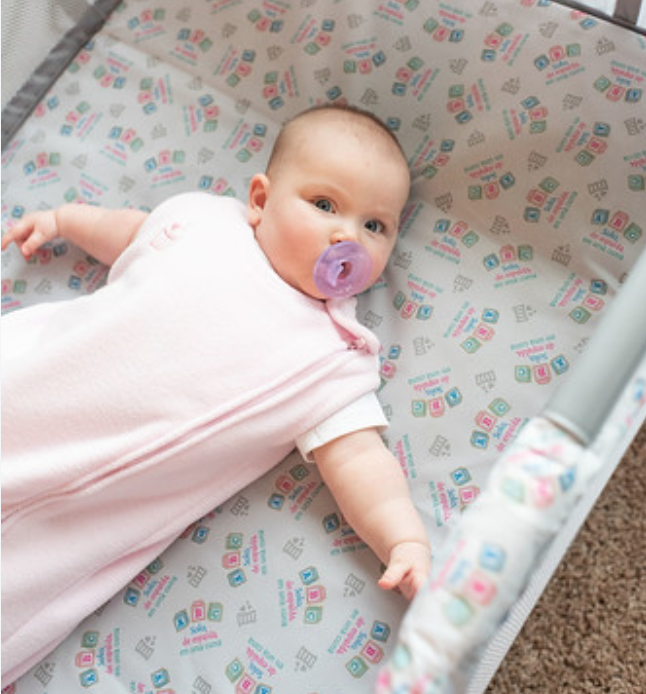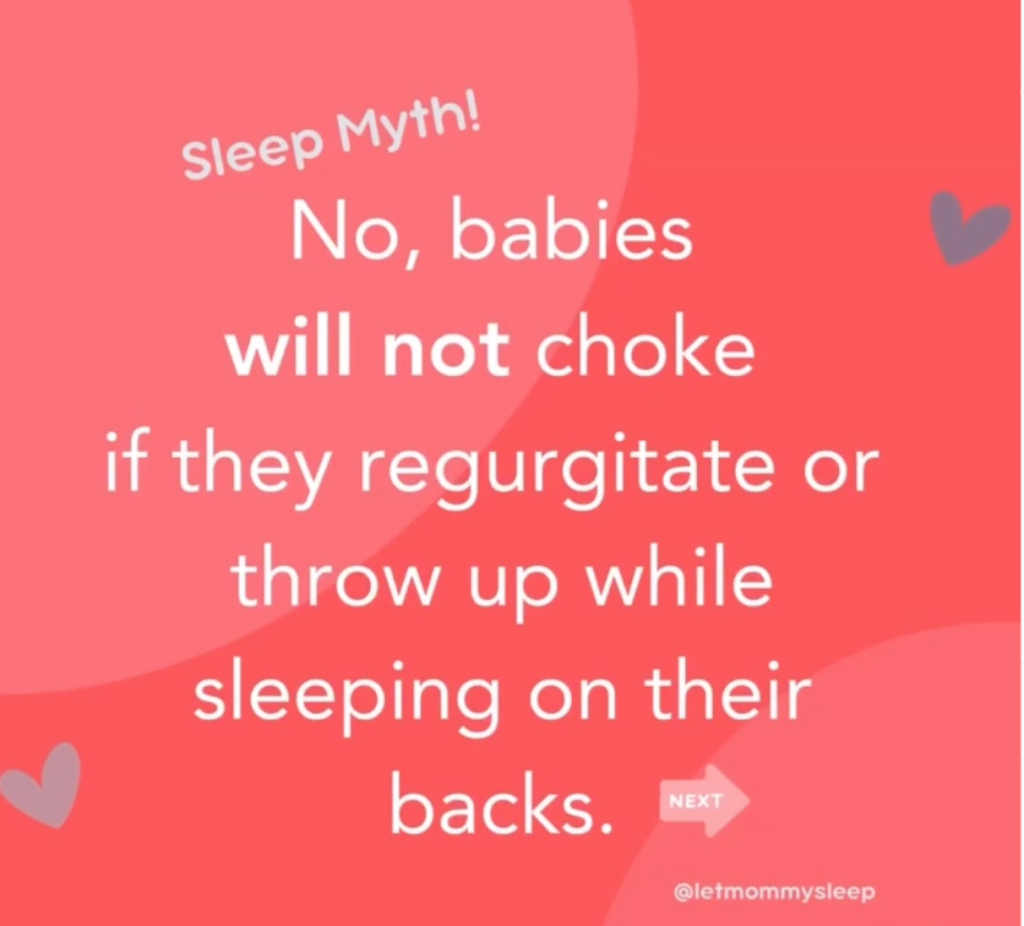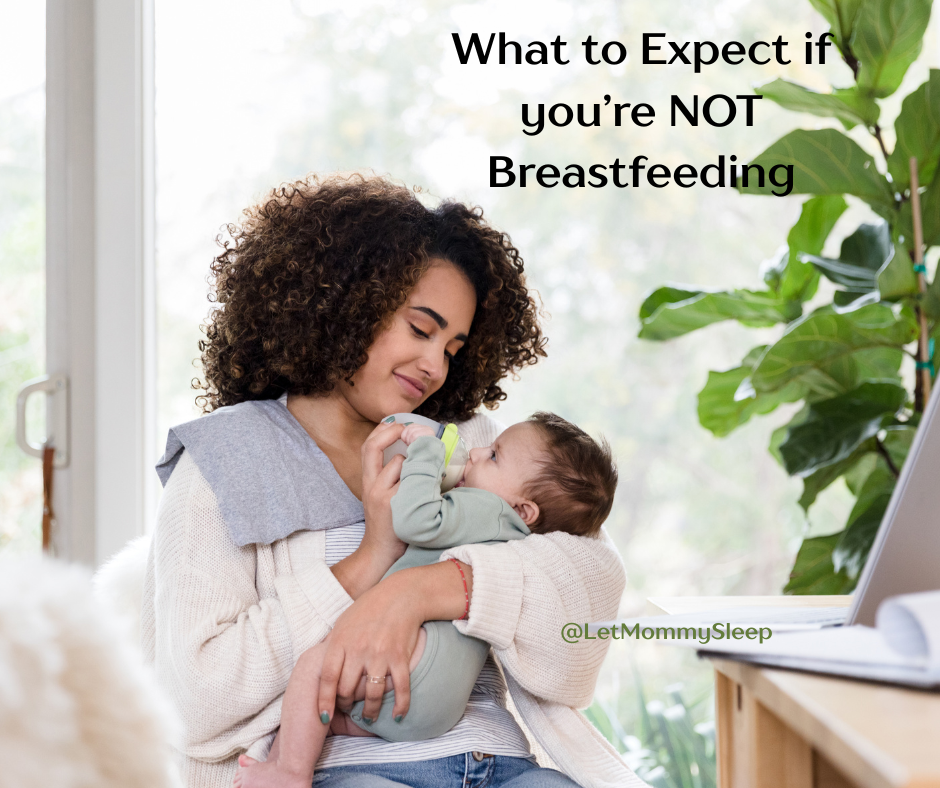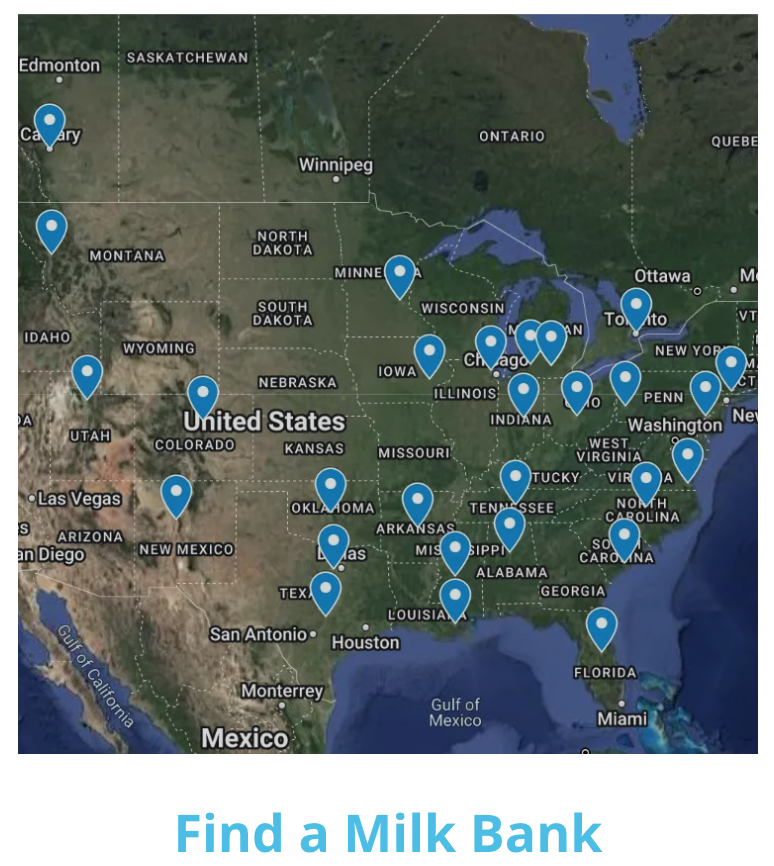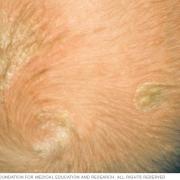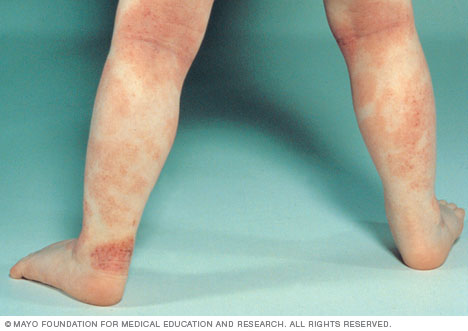Por favor lea 10 Pasos para un Sueño Seguro del Bebé.
Pasos para un sueño seguro del bebé: Dormir boca arriba (Back to Sleep):
Dormir boca arriba sobre una superficie plana es la posición más segura para que los bebés duerman. Esto mantiene sus vías respiratorias despejadas sin riesgo de que la cabeza se incline y restrinja el flujo de aire. Se recomienda el tiempo boca abajo cuando el bebé esté despierto para que pueda ejercitarse. También ayuda a prevenir el síndrome de cabeza plana por pasar demasiado tiempo acostado boca arriba.
Recuerda: boca arriba para dormir, boca abajo para jugar.
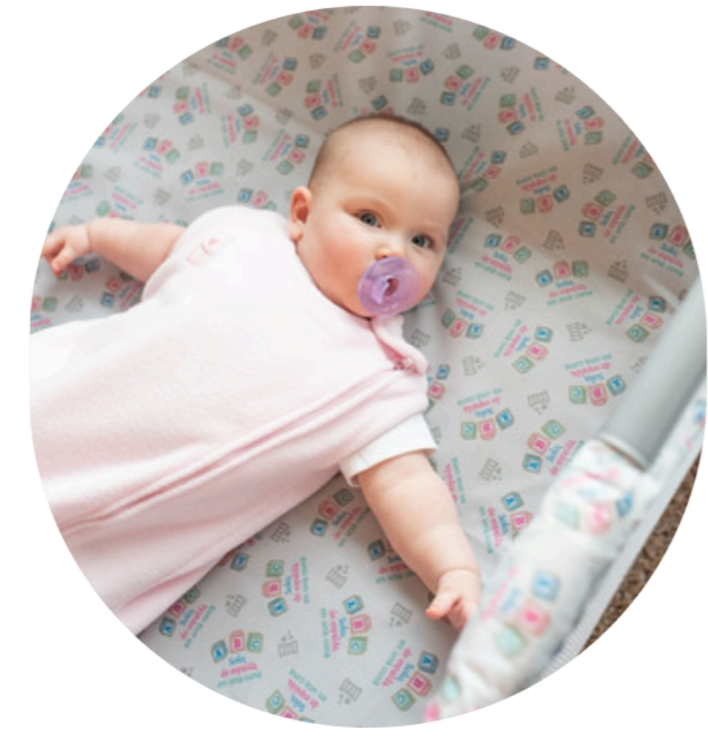
Superficie plana y despejada:
Coloca al bebé sobre una superficie firme y plana, libre de juguetes, protectores de cuna, mantas y otros objetos. Esto también significa no usar cuñas, posicionadores para dormir y otros artículos que dicen ayudar a los bebés a
dormir mejor.
Compartir habitación:
Mantén al bebé en la misma habitación contigo, pero no en la misma cama, durante al menos 6 meses. Antes se recomendaba compartir habitación durante el primer año de vida del bebé. Reconocemos que millones de familias
comparten la cama sin problemas y que a menudo es una norma cultural, pero para minimizar el riesgo de muerte súbita del lactante (SMSL), el espacio seguro para el bebé es solo en una cuna libre de sábanas y almohadas.
Evitar fumar:
Sueño seguro del bebé: No fumes en casa ni cerca del bebé. No hay una cantidad segura de humo para tu bebé, incluyendo el humo de segunda mano.
Además, debe evitarse la exposición de padres e infantes a nicotina, alcohol, marihuana, opioides y drogas ilícitas.
Más pasos para un sueño seguro del bebé
Lactancia materna:
Si puedes, amamanta a tu recién nacido durante al menos 2 meses, lo que ha demostrado reducir el riesgo de SMSL en un 50%. Esto aplica tanto si la leche se da directamente del pecho como en biberón. La leche materna promueve el crecimiento cerebral, fortalece el sistema inmunológico y reduce los episodios de reflujo, manteniendo despejadas las vías respiratorias.
Vacunación:
Todas las agencias de salud nacionales e internacionales coinciden, y los datos prueban, que las inmunizaciones reducen el riesgo de SMSL. Las vacunas disminuyen la posibilidad de infecciones que pueden afectar la respiración y estabilizan las respuestas inmunitarias.
No dejar que el bebé se sobrecaliente:
Viste al bebé acorde a la temperatura. El exceso de calor puede afectar su capacidad para regular la respiración, el ritmo cardíaco y el despertar durante el sueño.
Ofrecer un chupete:
Según la Academia Americana de Pediatría, chupar un chupete requiere que la lengua esté hacia adelante, lo que disminuye el riesgo de obstrucción orofaríngea. Asegúrate de no usar una cuerda o cualquier otro dispositivo para sujetar el chupete.
Evitar productos contrarios a las pautas de sueño seguro:
Aunque aún se pueden encontrar en algunos vendedores, los productos inclinados para dormir han sido prohibidos para la venta. La Comisión de Seguridad de Productos del Consumidor (CPSC) prohibió desde 2022 los mecedores, almohadas, nidos, cuñas y posicionadores para dormir. Los bebés no deben usarlos para dormir.

Una palabra sobre los sacos de dormir con peso y los monitores-
En 2022, en las actualizaciones más recientes de la Academia Americana de Pediatría (AAP),la AAP aborda el uso de sacos de dormir y envolturas con peso, afirmando que las mantas, sacos de dormir o ropa con peso sobre o cerca del bebé no son seguros y no se recomiendan. En cuanto al uso de la técnica de envolver al bebé (swaddling), todavía se recomienda para
ayudar a que los recién nacidos se sientan cómodos, pero no hay evidencia de que envolver al bebé reduzca el riesgo de Síndrome de Muerte Súbita del Lactante (SIDS).
La AAP también menciona específicamente los monitores cardiorrespiratorios y otros dispositivos comerciales que afirman reducir el riesgo de SIDS u otras muertes relacionadas
con el sueño. No existe evidencia que respalde las afirmaciones de estos productos. Por lo tanto, el uso de productos que dicen aumentar la seguridad durante el sueño puede dar una falsa sensación de seguridad y fomentar la complacencia. En otras palabras, se deben evitar monitores y cunas que afirmen que emitirán una alarma si la respiración del bebé se detiene o
su ritmo cardíaco disminuye.
Nos enorgullece ser un socio de Cribs for Kids Safe Sleep, y cada doula nocturna y enfermera de recién nacidos de Let Mommy Sleep es una Embajadora del Sueño Seguro. Seguir los pasos para un sueño seguro del bebé ayuda a garantizar que tu bebé duerma de forma segura y tranquila en todo momento.
Descubre más información sobre el sueño seguro del bebé a Download the NIH Infant Safe Sleep and Maternal Health Materials.

